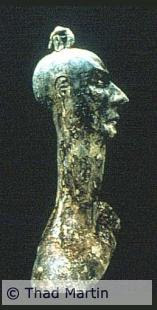"Deaf people can do anything hearing people can do, except hear."
- I. King Jordan
"The Deaf community is hungry to see itself in the most positive way."
- Lupe Ontiveros
Hello! Welcome to my gallery!
The name of my gallery is entitled "Deaf Culture."
This gallery is located through www.blogger.com.
My name is Ashley Keaton and I run this gallery.
The type of work I am going to exhibit is, obviously, based on the concepts of Deaf culture, the Deaf community, and DEAF PRIDE! It will include paintings, sculptures, and more! Enjoy!
The name of my gallery is entitled "Deaf Culture."
This gallery is located through www.blogger.com.
My name is Ashley Keaton and I run this gallery.
The type of work I am going to exhibit is, obviously, based on the concepts of Deaf culture, the Deaf community, and DEAF PRIDE! It will include paintings, sculptures, and more! Enjoy!






























